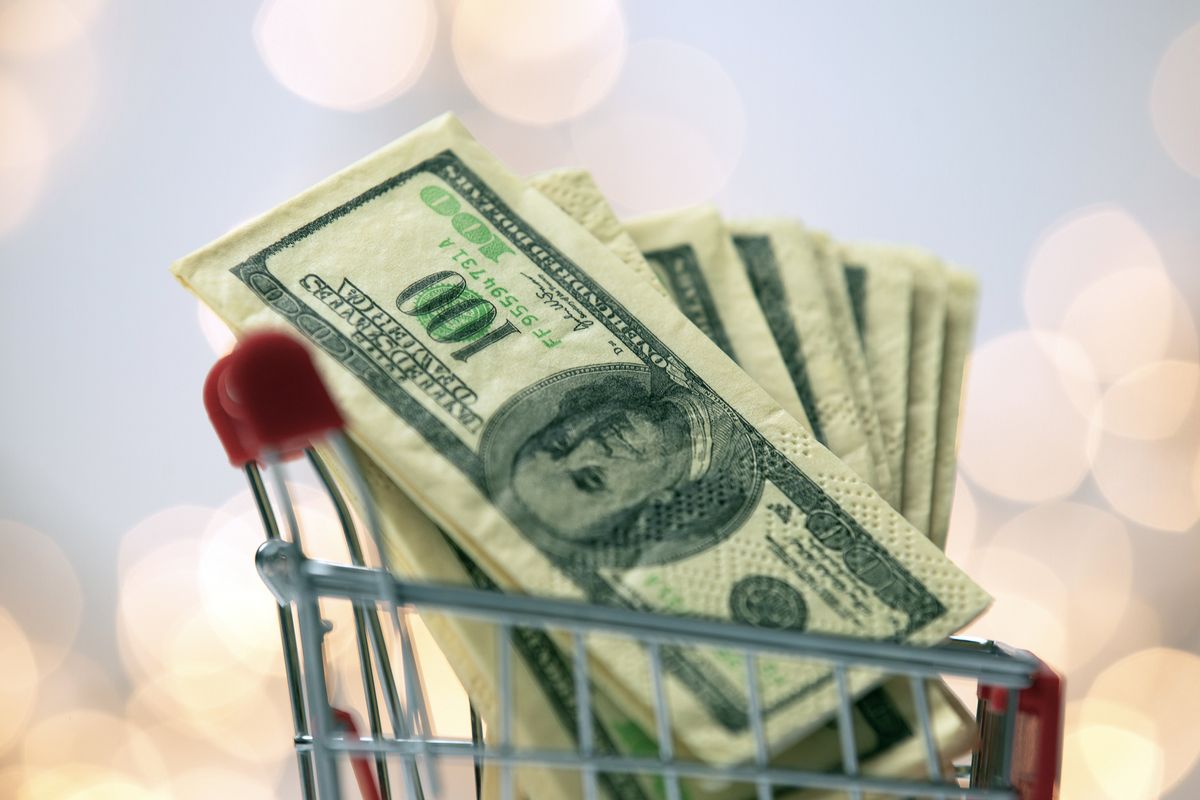You may want to treat yourself to a shopping spree sooner rather than later — a potential new tax policy could make this Black Friday the last time prices run this low.
President-elect Donald Trump’s steep across-the-board tariff proposals could cause prices of apparel, toys, furniture, household appliances, footwear, and travel goods to spike “significantly” next year, according to the National Retail Federation.
The retail group evaluated Trump’s two most prominent tariff plans. As Kiplinger has reported, the first scenario calls to impose a 10% tariff on all imports and a 60% tariff on China. The second aims for a universal 20% tariff and a 100% rate on Chinese imports.
Sign up for Kiplinger’s Free E-Newsletters
Profit and prosper with the best of expert advice on investing, taxes, retirement, personal finance and more – straight to your e-mail.
Profit and prosper with the best of expert advice – straight to your e-mail.
Both proposals would cause a “dramatic” uptick in prices NRF researchers wrote in the report.
Despite accounting for just 7% of total U.S. imports, the proposed tariffs on the six consumer goods categories would reduce consumers’ spending power by $46.2 billion to $78 billion annually. That translates to $362 to $624 per household every year tariffs are in effect.
Here’s where prices would rise the most.
You’ll spend more on everyday apparel like jeans, t-shirts
Households will spend hundreds more on clothes and furniture if the new tariff plans go into effect, NRF researchers warned. Households with low incomes could spend three times as much of their after-tax income on apparel compared to wealthier consumers.
To start, U.S. apparel rates (generally, the pricing structure associated with clothing items) are currently 14.7%. Trump’s more modest tariff proposal would more than double that rate to 37.5%, while the extreme version of Trump’s tariff plan would move the apparel rate to 56%.
Where would you see prices jump? Practically everywhere in retail.
- A $50 woman’s cotton sweater would cost $56 to $60
- A pair of $80 men’s jeans would cost $90 to $96
- Even bundling up for winter will be pricier, a $100 coat would cost $112 to $121 under a new tariff scenario
It’s worth noting that 63% of surveyed U.S. consumers said they supported tariffs on imported blue jeans if that meant it would increase employment and domestic production of jeans. However, that support turned negative if tariffs were to make jeans $10 to $25 more expensive, according to public policy research organization the Cato Institute.
Shoe prices to climb higher
Have your eyes set on a pair of new shoes? According to NRF, footwear prices are projected to jump as high as 29% should Trump’s tariffs go into effect. That means consumers would pay nearly $32 for every new dollar earned by domestic footwear producers.
Currently, the average footwear tariff is 11.9%, and the proposed duties would increase that rate to 44.2% or 69.1%. So, where would you see prices spike?
- A $90 pair of athletic shoes will cost $106 to $116
- A $30 pair of girls’ Mary Janes will cost $35 to $39
- Some $48 women’s slippers could cost as much as $62
Travel goods would also see significant price increases between 13% and 22%. In other words:
- A $119 women’s travel bag would cost $134 to $145
- A $31 backpack could cost $4 to $7 more
Furniture and household item prices to spike
If you’re furnishing a new house or apartment, that’s going to cost more, too.
Current furniture tariff rates average 5.4%, mostly upon Chinese imports. The proposed tariffs would hike that rate to 32.8% or as high as 54.3%.
How much could prices soar for typical household items?
- A $2,000 mattress and box spring set would cost $2,128-$2,190
- A $200 crib will cost you $13 to $19 more
- A $1,500 mid-tier couch price will jump by $49 to $143
Overall, the additional furniture prices would cost families $8.5 billion to $13 billion annually.
Cost of household appliances to rise further
Currently, U.S. tariffs on home appliances sit at an average rate of 3.7%. If the proposed tariffs go into effect, duty rates would spike to 38.5% or 65.1%. These costs would impact everyday appliances such as refrigerators, washers, dryers, food processors, toasters, hair dryers, and more.
What does that mean for your wallet? The average price of a household appliance would increase by 19% to 31%. That translates to about $6 billion to $11 billion more in spending for U.S. households. Breaking it down, that means:
- A $40 toaster oven will be priced between $59 and $64
- A basic $650 refrigerator will cost you $776 to $852
Once again, low-income households would be hit the hardest – spending four times as much of their after-tax income compared to wealthier families.
Toy prices could see the largest price spike
Shopping for the holidays or a child’s birthday will become more expensive if the proposed tariffs go into effect.
The NRF expects toy prices to increase by 36% or 56%, which could reduce overall purchases by 48% and 61%, respectively.
- A $25 board game would cost $34 – $39
- A $50 tricycle would increase to $68 or $78
- A $17 plush toy would jump in price from $23 to $27
‘Prices higher than many consumers would be willing to pay’
“The additional costs associated with [Donald Trump’s] tariff plan would be too large for U.S. retailers to absorb and, when passed on to consumers, would result in prices higher than many consumers would be willing to pay,” NRF researchers argue in the report.
The National Retail Federation expects that the tariff proposals would increase a typical household’s costs by $362 to $624 each year. While tariffs will drive some revenue, consumer spending will surpass those gains reducing U.S. GDP by up to $50 billion.
“Some consumers would stop purchasing the items and demand would fall,” the NRF researchers wrote.
While the proposed Trump tariffs would inevitably increase domestic production and manufacturing across these retail goods, the result will be more costly to U.S. consumers.
That’s one big factor to keep in mind as you plan your expenses for the new year.











